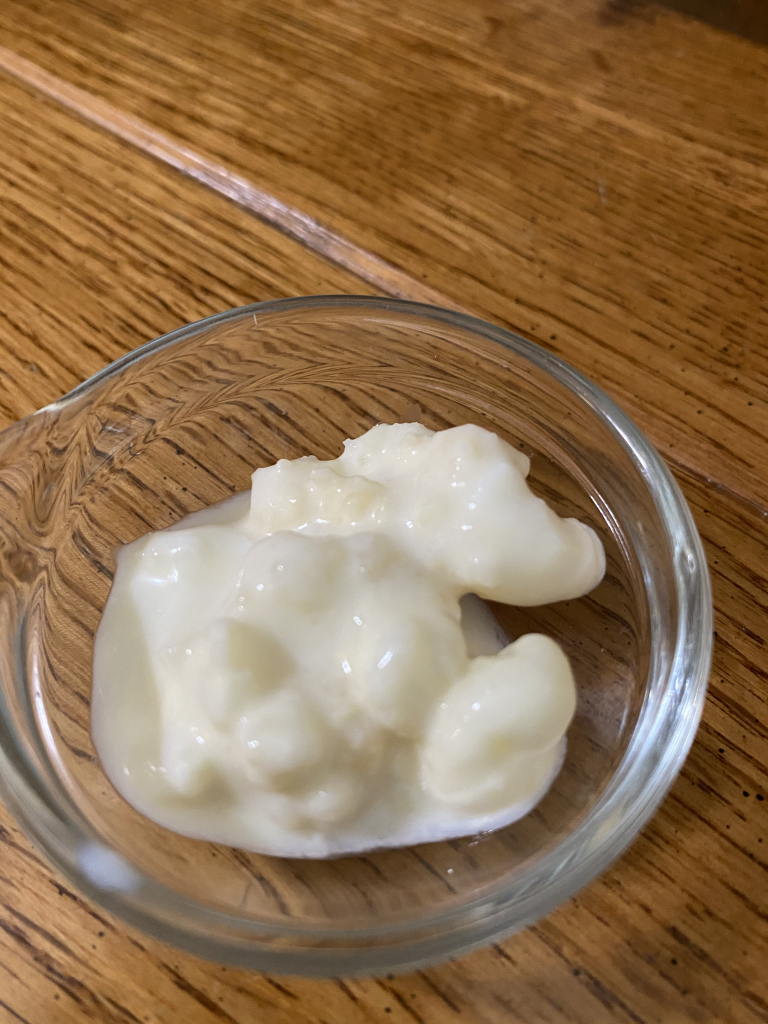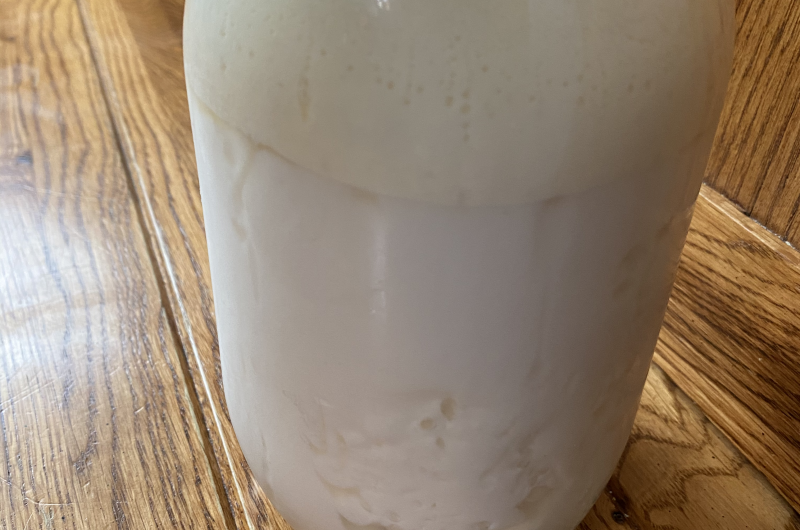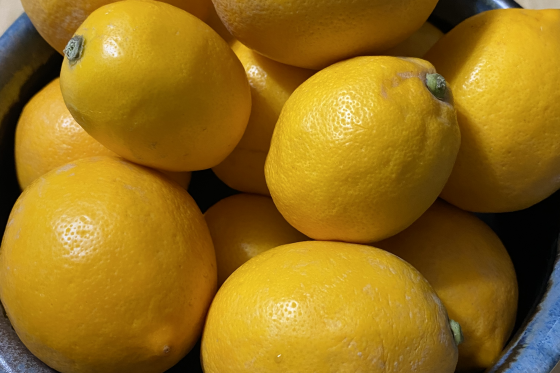We started culturing Kefir in 2004. At the time, we belonged to a local Community Supported Agriculture farm. The owner, Diane, made Kefir from raw milk and she helped me get started. We started getting raw cow’s milk from a local farm. My son was casein intolerant and we wanted to see if he could handle raw milk or raw goat’s milk. He could not, but when we made Kefir, he could tolerate it.
What is Kefir?
Kefir is a fermented milk product made by using the starter culture called “Kefir grains” and adding them to milk. The grains look somewhat like little heads of cauliflower. You put the grains in milk and let it sit at room temperature. The colony of yeasts and bacterias will turn the sugars in the milk into lactic acid. You end up with a thickened product that has a tangy flavor. It is similar to yogurt, but not as thick.
Healthy probiotic drink
Kefir has lots of beneficial nutrients. It has B vitamins, calcium, protein, vitamin D and magnesium, and vitamin K2. It also has more strains of probiotics than yogurt. Kefir has approximately 61 different strains of bacteria and yeasts. One strain that is only found in Kefir is Lactobacillus kefiri, which has been shown to have antibacterial properties.
The Kefir grains are surrounded by a white kind of “goopy” substance. This substance is Kefiran, a carbohydrate. Kefiran is also known to have antibacterial properties. I recommend not rinsing your grains when you are putting them in new milk unless there is an issue and they need to be rinsed (the milk was bad, dirt got in it, they fell on the floor, etc.), if you do rinse them, do so gently. When you rinse them you wash the Kefiran off, it will reproduce, but takes time.
Kefir is easy to make
The grains can be used indefinitely, they do grow and get bigger. If your milk is fermenting too fast, you can remove some grains from the jar or increase the amount of milk you add to the grains. When we get extra grains, we share them in our community.
We use our Kefir to make smoothies, in our waffle batter, ranch dressing, anywhere I need buttermilk or yogurt. Generally, it takes 12-36 hours to fully culture at room temperature, but it depends on the climate and temperature in your home. Here in Michigan, it cultures much faster in the summer than in the winter. Once it is set, we put the jar into the fridge until we are ready to use it. It will continue to ferment, but much slower. If you want to go on a vacation, or not make Kefir for a week or two, you can place the grains in fresh milk and put it directly into the fridge.
Milk types
We use raw whole milk in our kefir. In Michigan, raw milk is legal with a cow share/herd lease. We have been getting raw milk since 2004. If you don’t have or can’t get raw milk, use organic whole milk and preferably unhomogenized. Milk from pasture-raised cattle is the best quality. If you want to source raw milk in your area, contact your local Weston A. Price Foundation chapter for sources, or look at real milk website.

Kefir
Course: Dairy, FermentsDifficulty: Easy4
servings5
minutes12-36
HoursIngredients
1 Tablespoon Kefir Grains
2 cups whole organic milk (raw is best, but non-homogenized will also work)
Directions
- Place grains in a jar and add milk. Cover with a lid and shake gently.
- Place on the counter (or any convenient place) at room temperature, until set.
- It can take 12-36 hours to culture, depending on many factors.
- When set, place in the fridge until ready to use.
- When ready to use, remove grains from the jar (with a spoon or by straining) and repeat steps in fresh milk.
Recipe Video
Notes
- You can scale up this recipe. We like to do quart jars of milk. We usually have 2 Tablespoons of grains to 4 cups of milk. It takes usually 24-36 hours in winter and 12-24 in summer to culture.



